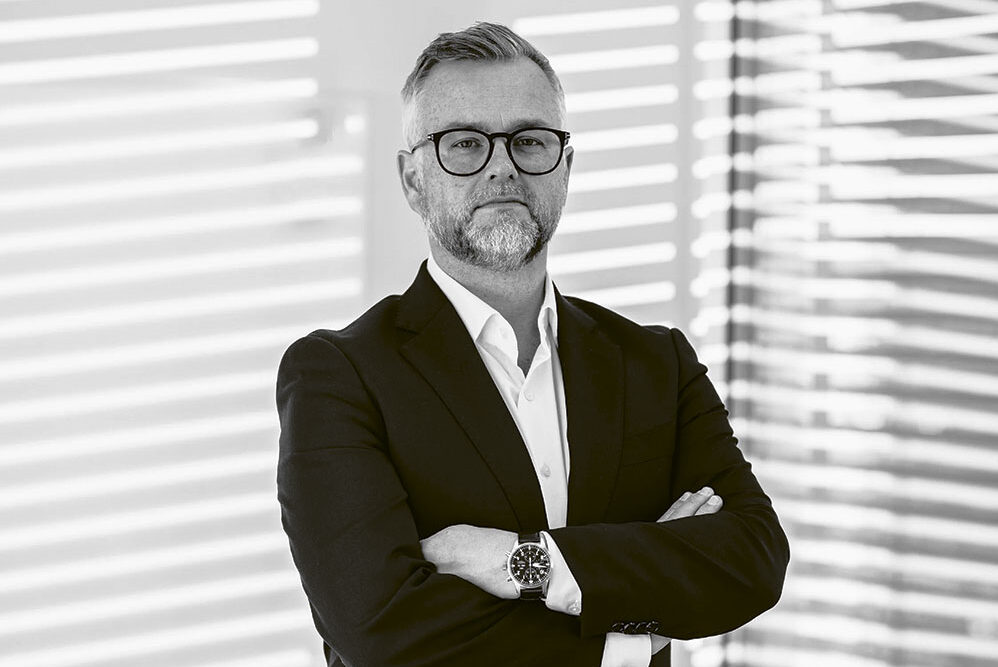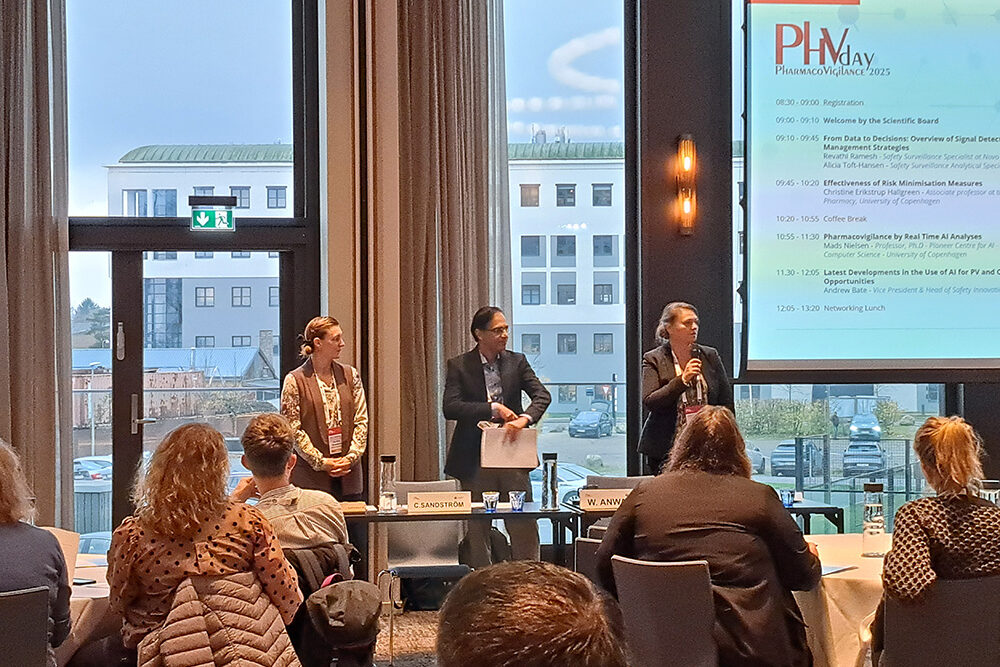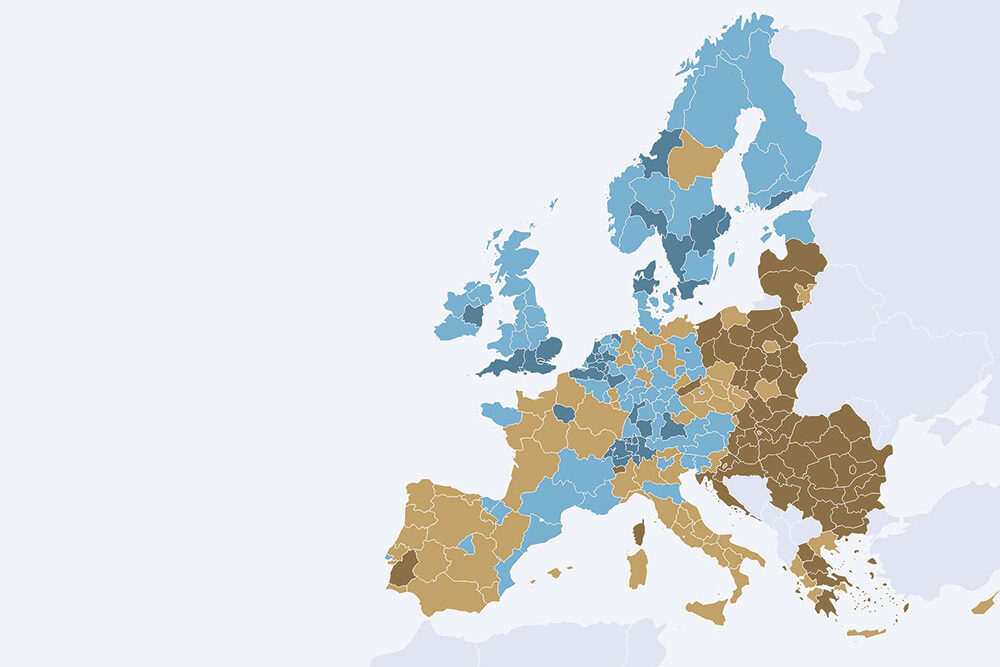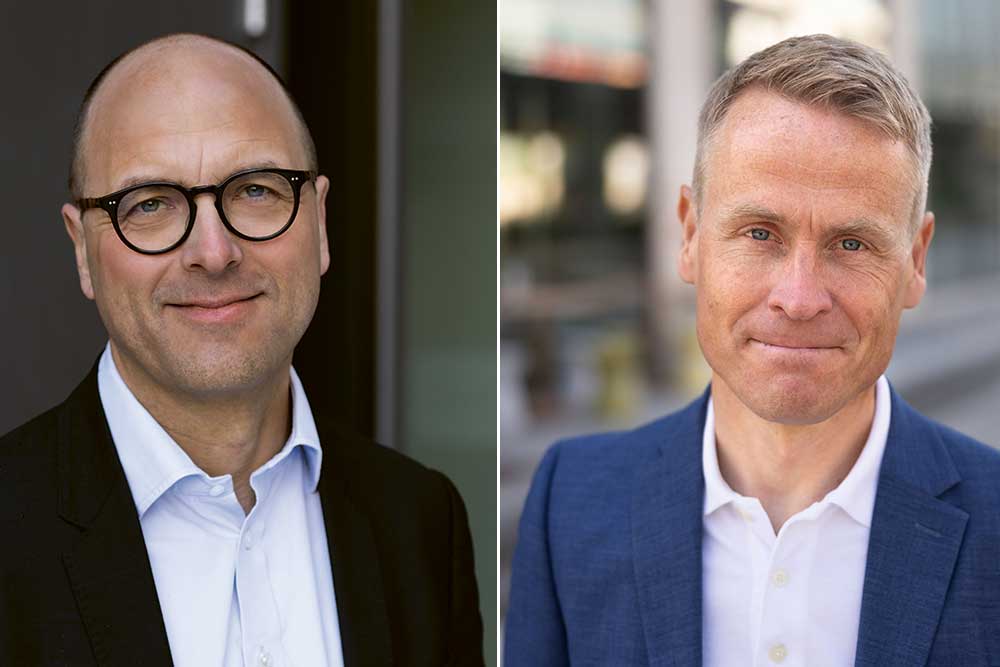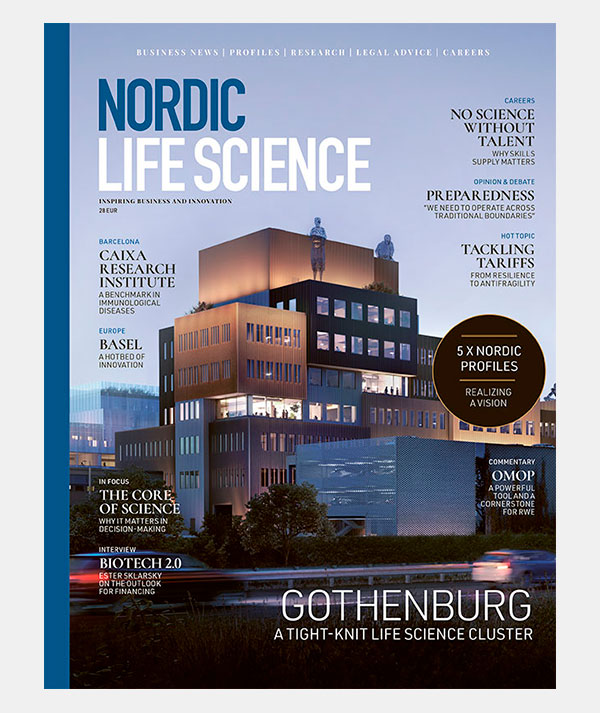Trump’s tariffs might be the push that helps us go from resilience to antifragility

Many times in life, as in politics and business, bad events lead to painful change and, eventually, a better situation. While the Trump administration’s erratic tariff war has rattled the European life science industry, it might ultimately be the calamity that brings about a more resilient industry in the end.
For life sciences, an industry that depends on clear rules, the uncertainty unleashed by the Trump administration is perhaps more damaging than the tariffs themselves. The volatile trade environment could disrupt supply chains, raise production costs, and challenge cross-border integration within this critical sector.
The short-term consequences are serious. With complex supply chains and advanced production processes, adaptation does not come easily or cheaply. For many companies, setting up a new production facility is a complex and costly enterprise, which also involves new regulatory approvals.
In terms of the medium to long term impact, the tariffs are creating a push for more diversified trading partners and routes. The Swedish Minister for Trade and Foreign Aid, Benjamin Dousa, offered what may be the best one-liner yet: “When the USA closes itself off, Europe needs to open up.” He argues, as do a growing number of EU leaders, that EU companies need a strategic turnaround towards the rest of the world in general, and Asia in particular.
While large parts of Swedish industry are now being hit with up to 15% tariffs on exports to the USA, the Swedish government has signaled that new free-trade agreements with India, Indonesia, and other Asian countries are key to reducing vulnerability.
While large parts of Swedish industry are now being hit with up to 15% tariffs on exports to the USA, the Swedish government has signaled that new free-trade agreements with India, Indonesia, and other Asian countries are key to reducing vulnerability. What does this mean for Swedish companies? Diversification is now business-critical. Being heavily dependent on the USA is no longer sustainable.
According to Dousa, if the EU concludes agreements with India, other Asian countries, and emerging markets, it could compensate for up to 75% of the expected export loss from the USA.
This strategy suits Sweden particurlarly well as Swedish strengths match Asian needs. Countries such as India, Malaysia, and Indonesia are investing in infrastructure, digitalization, advanced industry, sustainable energy, and healthcare – areas where Sweden offers globally competitive solutions. While EU relations with China are somewhat strained, the country’s life science industry is gaining momentum fast and it is also poised to become an interesting market.
At SwedenBIO the pivot towards Asia is already in full swing. We are looking to expand our exchanges with key life science stakeholders in countries such as South Korea and Singapore, and offer discounts and send delegations to major conferences to strengthen our members’ opportunities in Asia. A Korean delegation will join Nordic Life Science Days this October, for the first time. In addition, a Swedish delegation, in which we are participating, will be heading to Singapore in September.
The fragile wants tranquility, the antifragile grows from disorder.
When the dust settles and the Trumpian tariff dystopia has played out in full, we might find that the thing we feared most was in fact a blessing. As Nassim Nicholas Taleb, a former trader and scholar best known for his writings on how systems can benefit from volatility and uncertainty, put it, “The fragile wants tranquility, the antifragile grows from disorder.” By unleashing this trade disorder, Trump might just have helped European life science go from being merely resilient to becoming truly antifragile.
About the author
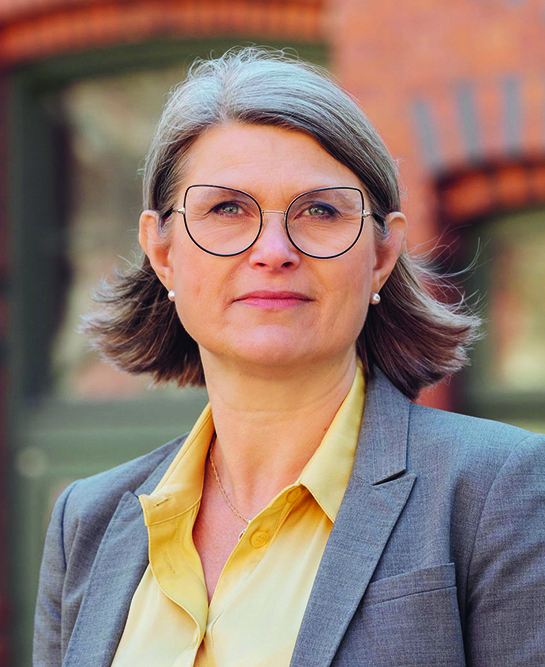
Jessica Martinsson is the CEO and Director General of SwedenBIO, the national trade organization for life sciences in Sweden. SwedenBIO is a recurring columnist in NLS magazine. This column was originally published in NLS No 03 2025. Photo: Eva Garmendia
Updated: October 2, 2025, 06:49 am
Published: September 24, 2025


